One Book Illustrates True Origins of ‘Southern Food’
August 25, 2022
The University of North Alabama “One Book” selected “The Cooking Gene: A Journey Through African American Culinary History in the Old South” by Michael Twitty, an African American Jewish culinary historian, as the 2022-2023 One Book. In the book, Twitty explores his personal journey through both his genealogy and the food from his countries of origin.
The One Book has been a program at UNA for four years now. Similar to other campuses’ “Common Read,” the book is chosen as a way to unite and educate those on campus and in the surrounding community, said Jennifer Pate, who is the chair for the One Book committee.
“It’s embedded into our First Year Experience curriculum, so one of the main goals is to give students who are coming in as a freshman class a common touch-point,” Pate said. “Everyone who goes through the FYE program should be introduced to the book and should have experiences related to the book. We try to plan campus events around the book. It’s something that everybody’s going to have in common, which is why a lot of places call it a ‘Common Read.’ It’s also to support the campus Diversity, Equity and Inclusion Initiatives.”
Started by Provost Ross Alexander, the One Book aims to not only be a project on campus but also across the surrounding community. The book has been adopted by the Alumni Association, who read the One Book in their book club as a way to connect with the students on campus. The events surrounding the book are open to the public as well which allows it to provide an even further educational reach.
To select the One Book for the year, committee members choose books that they think would be a good fit for the campus and make their case for how the book could benefit those who read it. The committee chooses the three books that they believe would be the best options, and those titles are then chosen from in a campus-wide vote by students, faculty and staff. Dr. Karla Zelaya suggested “The Cooking Gene” and won the campus vote by a large margin.
Twitty begins “The Cooking Gene” by going back to his childhood when he was less than thrilled by Black Southern cuisine. However, as he spent time in the kitchens of his grandmother and mother, his appreciation for the food, as well as the origins of it, developed. This discovery of his love for food helped to inspire the journey that this book covers: finding out where his ancestors came from and, because of this, how food in the South became what it is today.
“To go beyond assumptions; to interrogate our pain; to see the faces of my ancestors, to cook with them, to know them intimately the only way I can know them after decades of memory loss – those are my paths,” Twitty wrote.
This ‘memory loss’ refers to years of slavery and the movement of many of Twitty’s ancestors not only to the United States from Africa, but also from place to place within America as they were bought, sold and separated from their family members. Twitty was able to visit the places where his grandparents had lived in order to experience what sort of world they might have known, but in order to go further back, he had to use genealogy services to find out exactly which countries his family originated from. This process was fascinating to read about, not only because of the information it yielded but the places it took Twitty on his quest for further knowledge about and connection with his ancestors and the foods that influenced them.
“After a lifetime of being fascinated by what different people around the world ate, I wanted to know everything I could about the food of the populations with whom I shared genetic affinity,” Twitty wrote. “I was looking for some part of the Southern story, the Southern food story in my body… I want to be clear: my dream was to be able to put myself in the evolving narrative of Southern food from its beginnings to now, and to do so I had to be able to do what most African Americans had the most difficulty doing – trace my ancestry to Africa and follow the lineages across the Southern map into the present day.”
The difficult road to answers wove through all aspects of Twitty’s life and family history: which African countries his family had come from, the ports in America that they were brought into, who they were bought and sold by and where they went as a result. There is also the matter of Twitty’s white ancestry and the frequent violence and sexual assault that female slaves were often subjected to, an ugly truth that Twitty grappled with as he traveled across the south.
“I have often wondered whether the white people who know we are kin actually see us as family.” Twitty wrote. “Would we be better off if we embraced this complexity and dealt with our pain or shame? Would we finally be Americans or Southerners or both if we truly understood how impenetrably connected we actually are? Or is it too late?”
Through every step of the way, Twitty discovered the food that connected him back to the family he never got to meet. Many of the threads that tie together Southern cooking lead back to Africa and the techniques that were (and still are) used there. Slavery and the resulting forced movement of African populations brought this style of cooking into the Americas and evolved it into what is present today. The book explores not only the food itself but also the connection it provides between Twitty and his ancestors.
In a structural sense, the book comes together nicely, splitting topics such as regions of the United States, various other countries and different food groups by putting them into their own separate chapters. The information the book includes is well-curated and thorough, showing just how much time and work went into its production.
Twitty has provided a uniquely entertaining and educational experience that is remarkably easy to read, which will surely be beneficial for the students reading it as part of their FYE class. “The Cooking Gene” is also advantageous for readers because, even though Twitty only explores his specific genealogy, knowing more about the origins of our food and the history behind the blending of culinary techniques is something that can aid readers in many other areas of life.
“I think it’s really important to know where our food comes from,” Pate said. “There is a lot of cultural and historical significance in understanding that a lot of what we eat and how we eat it is influenced by other cultures. You might think of it as just ‘good Southern American cooking,’ like I used to think, ‘Oh, that’s just Southern cooking. You put fat back in your greens? That’s Southern cooking.’ But where did that come from? It came from the people who cooked the food. Where did those people come from? How do other cultures, and in the case of this book, specifically African cultures, influence the foods that we eat now and consider American? What does it mean to be an American? I hope that students see that the foods that they consider staples are influenced by communities and cultures in other parts of the world. I hope it helps students think globally rather than locally.”


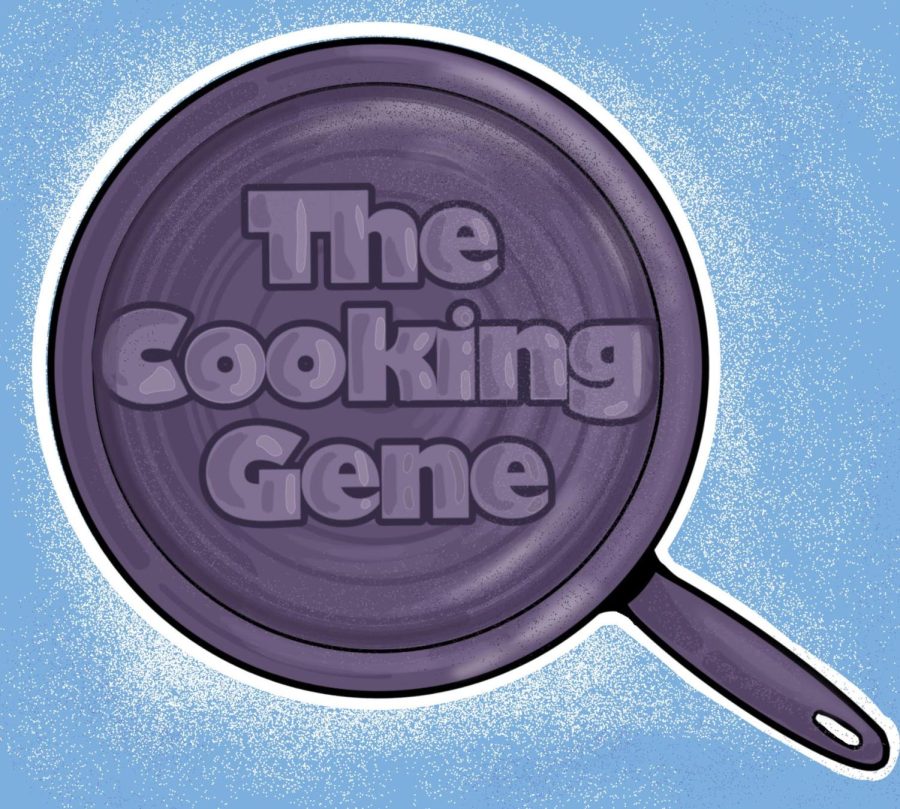
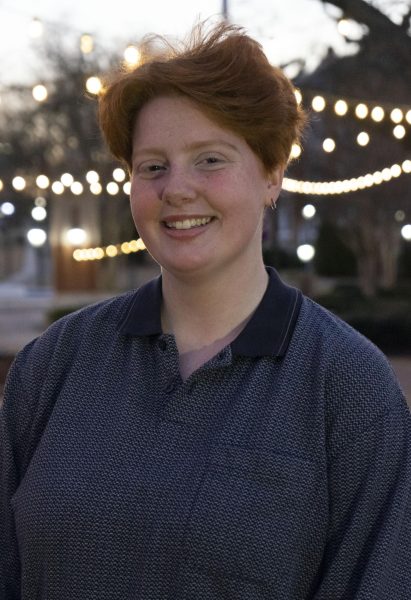
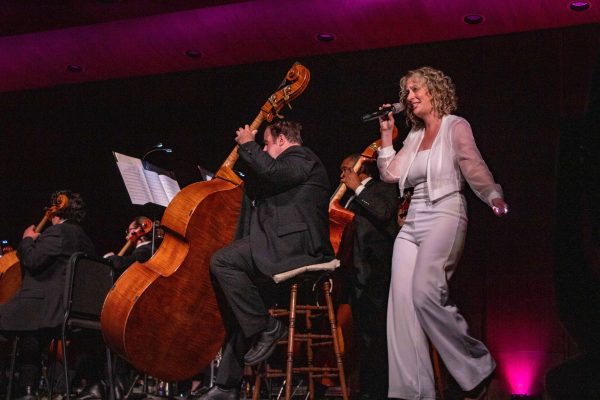
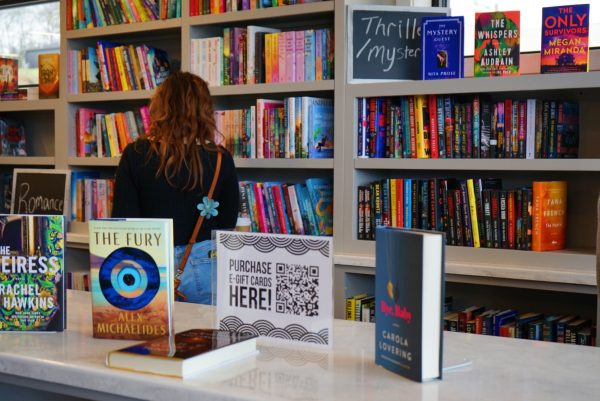
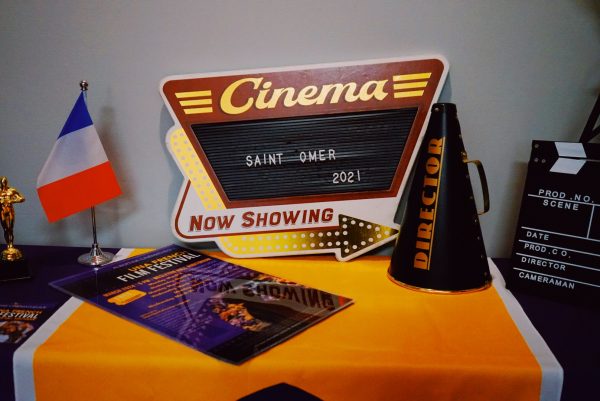
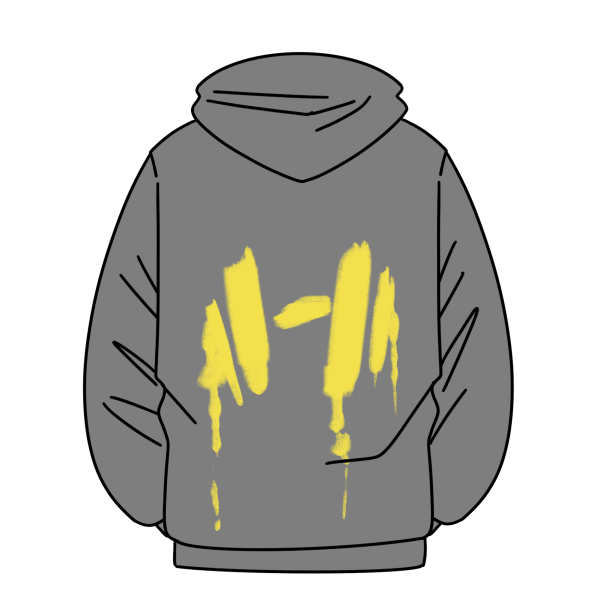


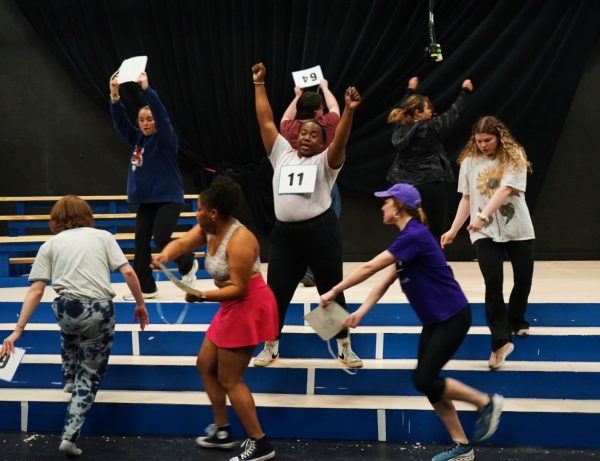



Cherokee Finney • Sep 15, 2022 at 8:09 am
My thoughts are that the book itself is going to be an interesting and informative use of my time at UNA. I think that the author presents himself well and although his point may be hard to reach at some points in the book, he still makes it with very descriptive detail, which makes the book worth reading.
Ricardo Simpson • Sep 19, 2022 at 1:09 pm
Haven’t read the book but I’m really touched by the article. It seems to point out so much more than the roots tied to southern cuisine. Im always intrigued when writers can express so well what I can’t but definitely feel. It was so important to my grandfather for his children and grandchildren to know our family had been separated. The author poses the question who are we as black Americans or where we stand as Americans. I also wonder if white people see us as they see themselves in this day and age as family and it’s importance to us! I pray and know your time at UNA will serve you well. Go conquer the world!!!